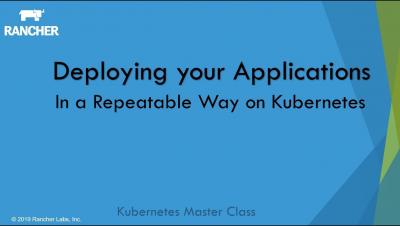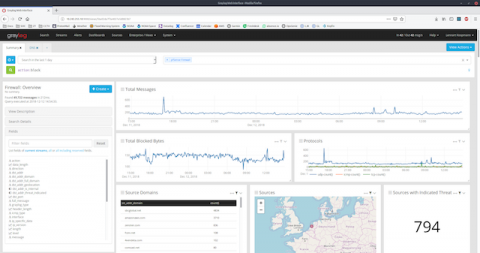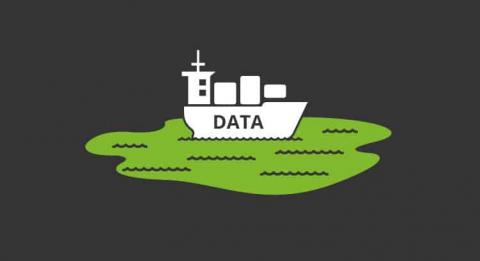Operations | Monitoring | ITSM | DevOps | Cloud
%term
Installing the EFK Stack with Kubernetes with GKE
The ELK Stack (Elasticsearch, Logstash and Kibana) is the weapon of choice for many Kubernetes users looking for an easy and effective way to gain insight into their clusters, pods and containers. The “L” in “ELK” has gradually changed to an “F” reflecting the preference to use Fluentd instead of Logstash and making the “EFK Stack” a more accurate acronym for what has become the de-facto standard for Kubernetes-native logging.
How to Troubleshoot Java Application Slowness Using Java Transaction Tracing
The performance of any application is measured by its availability and responsiveness. When an application is slow, IT operations staff must troubleshoot the cause of slowness, identify it and resolve it. While application performance problems may be caused by issues in the supporting infrastructure, often the issues are related to the application components themselves.
Spring 2019 Release Overview: The Intelligent Enterprise
In today’s always-on digital world, business stakeholders and technical responders across the enterprise must understand the health of their digital services at all times so they can take action immediately when disruptions happen. Yet with operational complexity increasing by 3x per responder on average over the past three years, it’s becoming increasingly difficult for teams to make sense of data and surface meaningful insights to improve digital operations.
The Sales Slip-Ups That Are Holding Your MSP Back
Announcing Graylog 3.0.1
Today we are releasing Graylog v3.0.1 with a few bug fixes. Many thanks to our community for reporting issues and contributing fixes!
Logging Your Cloud Foundry Apps to LogDNA
Cloud Foundry Application Runtime is an open source platform as a service (PaaS) for running applications and services. Frequently called simply “Cloud Foundry,” the Cloud Foundry Application Runtime (CFAR) is one of many interoperable projects within the Cloud Foundry family. For the purposes of this post, “Cloud Foundry” refers to the Application Runtime.
How to monitor 1,000 network devices using Sensu Go and Ansible (in under 10 minutes)
Network monitoring at scale is an age-old problem in IT. In this post, I’ll discuss a brief history of network monitoring tools — including the pain points of legacy technology when it came to monitoring thousands of devices — and share my modern-day solution using Sensu Go and Ansible.
New Product Launch: PagerDuty Vacations
Today, PagerDuty is pleased to announce our long-awaited solution for making on-call life better: PagerDuty Vacations. PagerDuty Vacations is a revolutionary new approach to managing team health and incentivizing engineers to join on-call rotations. For people on an on-call rotation, life can be incredibly stressful. Being woken up in the middle of the night, interruptions during family dinners, and canceled weekend plans are just a few of the common ways that being on call can lead to burnout.
Data Lake. What are we talking about?
Data! More data! What is Data Lake? Big Data is not only a more or less fashionable marketing “word”, but also contains a quite clear concept: the accumulation and processing of enormous amounts of data in order to take advantage of the knowledge they may contain. So far so good: it’s easy to describe (not so easy to do, though).










